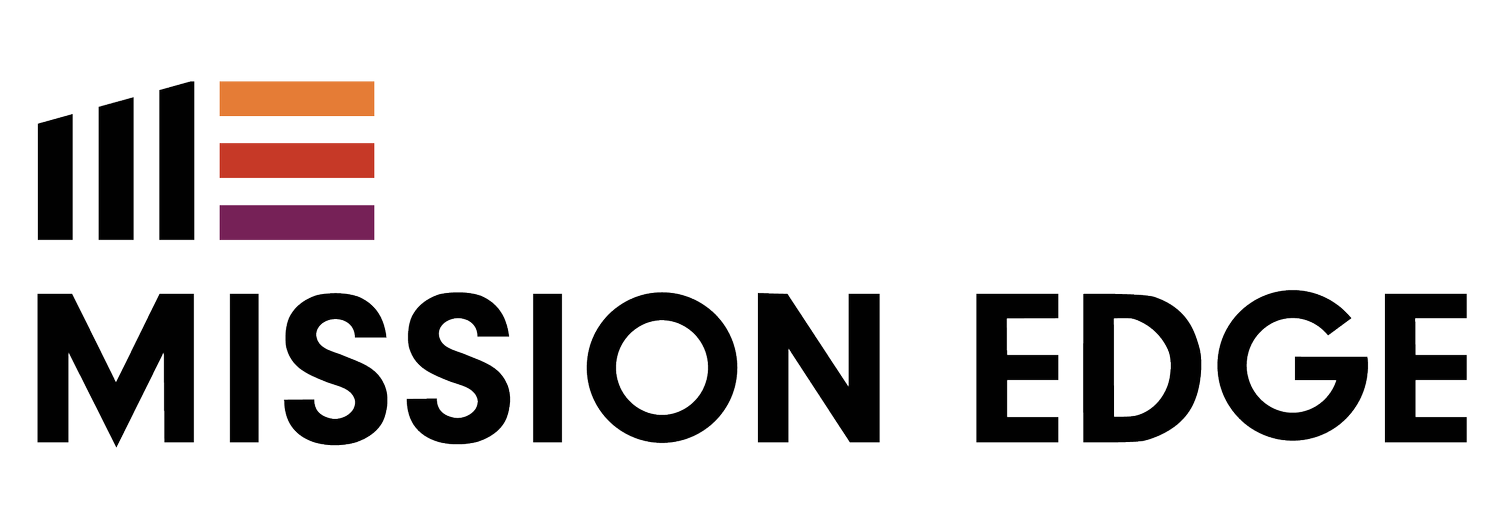How Do Nonprofits Handle Compensation?
Nonprofit work is fueled by mission. But let’s be honest: mission alone doesn’t pay the bills. In a tight labor market and an era of rising transparency expectations, it’s more important than ever for nonprofit leaders to understand how their compensation strategies affect recruitment, retention, and trust.
That’s why Mission Edge offers specialized nonprofit compensation analysis and salary benchmarking services to help organizations stay competitive, transparent, and aligned with their values, even during periods of economic uncertainty.
Why Compensation Strategy Still Matters. Especially Now
You’ve probably heard it before: “People don’t come to nonprofits for the money.” And while that may be true on the surface, according to Forbes it’s no longer enough of a reason to avoid tough compensation conversations within nonprofits and mission-driven organizations.
The leadership gap is real and low pay is part of the problem
According to Forbes Nonprofit Council, underpaying staff creates a socioeconomic barrier to nonprofit leadership, especially for BIPOC and first-generation professionals. This not only limits access but erodes long-term sustainability and talent retention.
Stagnant wages also risk driving away your most mission-aligned team members, those who love the work but need to make ends meet. A well-maintained salary structure helps prevent that.
Pay benchmarking helps small nonprofits make smart, values-aligned decisions
Even small or midsize nonprofits benefit from compensation analysis. Salary benchmarking isn't about matching corporate budgets; it’s about understanding what the market pays for similar roles and using that data to create consistent, equitable structures.
Mission Edge works with nonprofits across the country to:
Conduct market-based compensation studies
Identify internal equity gaps
Develop salary bands aligned to both budget and mission
Recommend clear, transparent strategies for communicating pay decisions
This isn’t fluff, it’s infrastructure that prevents turnover, inequity, and guesswork.
The Case for Transparency: Trust, Motivation, and Retention
Pay transparency builds trust
Nonprofit employees are often driven by purpose, but they’re not blind to fairness. Research from SHRM and Nonprofit Pro shows that organizations that openly communicate their compensation philosophies and publish salary ranges on job posts are over 60% more likely to:
Attract top candidates
Build employee trust
Close internal wage gaps over time
Transparency doesn’t mean telling everyone what each person earns. It means clearly explaining how pay is determined and making that logic accessible to your team.
What if you can’t offer raises?
Sometimes, salary increases just aren’t possible. That’s a reality. But as a recent Forbes article points out, there are still powerful ways to boost employee engagement:
Offer clear role progression and development opportunities
Celebrate small wins and show your team gratitude consistently
Align work back to the mission and values
Offer flexible benefits or hybrid work options when possible
The key is this: Silence erodes trust. Strategy builds it. Even when raises aren’t on the table (especially during economic uncertainties), open, well-structured communication around compensation still signals respect and commitment, which can build a positive workplace culture.
Building a Transparent Compensation Structure: Where to Start
You don’t need to reinvent the wheel, but you do need a framework. Mission Edge’s compensation strategy consulting helps nonprofit leaders:
Define a total compensation philosophy
Conduct salary benchmarking for core roles
Build salary bands that reflect your values and growth goals
Train managers on how to talk about compensation with clarity and consistency
We don’t just hand you data; we partner with you to turn that data into decisions.
Want a preview? Check out our nonprofit HR consulting services to learn how we’ve helped dozens of nonprofit organizations improve pay equity, staff retention, and internal trust.
In the nonprofit world, the stakes are always high and budgets are always tight. But ignoring a compensation strategy doesn’t save you money.
It costs you trust, talent, and long-term sustainability. Mission Edge is here to help you build a smarter, more human approach to compensation; one that respects your mission and your people equally.
Want to talk about your compensation strategy?
Schedule a consultation or explore our nonprofit HR services to see how we can support your goals.















